Results 9,771 to 9,780 of 12096
Thread: Anandtech News
-
08-14-19, 09:21 AM #9771
Anandtech: The Biostar A10N-8800E Motherboard Review: Carrizo in 2019?!
The Biostar A10N-8800 motherboard is a mini-ITX SoC option with an integrated AMD FX-8800P processor. Also featured is support for up to 32 GB of DDR4-2133 memory, a single full-length PCIe 3.0 x16 slot, and a Realtek RTL8111H Gigabit Ethernet port. The AMD FX-8800P is traditionally a mobile SKU with a TDP of 15 W and Biostar integrates into a small form factor package for desktop users with four CPU cores and eight Radeon R7 graphics cores.
More...
-
08-14-19, 04:57 PM #9772
Anandtech: Retailers Begin to Sell Pre-Binned AMD Ryzen 3000 CPUs
For many PC enthusiasts, overclocking means a lot of fun, both in terms of process and the end result. To a large degree overclocking is a lottery that is never guaranteed, and when it comes to AMD’s latest Ryzen 3000 processors, getting a CPU with high overclocking potential is not easy at the moment. This has left an opening in the market for retailers who are selling pre-binned chips with guaranteed overclocking potential.
There are several stores that sell pre-binned CPUs and other components: Silicon Lottery from Texas, USA; Caseking from Germany; and Overclockers UK. Silicon Lottery was the first company to start offering pre-binned AMD Ryzen 3900X processors last month and by now their entire first batch has been sold. Meanwhile, this week Caseking began to sell AMD’s latest CPUs with a guaranteed overclocking potential.
The list of pre-binned AMD’s Ryzen 3000-series processors to be available from Caseking includes Ryzen 9 3900X, Ryzen 7 3700X, and Ryzen 5 3600, but at present only the model 3700X is available. All the CPUs are pretested by Roman "der8auer" Hartung, a well-known overclocker, using Prime95 26.6 software with an FFT length of 1344 for at least one hour with AMD’s Wraith Prism cooler. Meanwhile, voltage of the chips is kept under 1.4 V.
Pre-binned processors from Caseking cost €50 – €100 more than regular models, so overclocking in this case is not a ‘free’ performance upgrade. Furthermore, buyers in Germany have to pay VAT of 19%. The good news, however, is that as per European laws, the CPUs are backed with a two-year warranty.Pre-Binned AMD Ryzen 3000 CPUs by CaseKing.de Cores/
ThreadsDefault Clocks
Base/BoostGuaranteed OC (base) L3 TDP
(default)Price
(EUR)Ryzen 9 3900X 12/24 3.8/4.6 GHz 4.3 GHz 64 MB 105 W €619 4.25 GHz €599 4.2 GHz €579 Ryzen 7 3700X 8/16 3.6/4.4 GHz 4.3 GHz 32 MB 65 W €449 4.25 GHz €429 4.20 GHz €399 Ryzen 5 3600 6/12 3.6/4.2 GHz 4.3 GHz 32 MB 65 W €300 4.25 GHz €280 4.2 GHz €260
Related Reading:
- The AMD 3rd Gen Ryzen Deep Dive Review: 3700X and 3900X Raising The Bar
- AMD Zen 2 Microarchitecture Analysis: Ryzen 3000 and EPYC Rome
- The AMD X570 Motherboard Overview: Over 35+ Motherboards Analyzed
- AMD Ryzen 3000 Announced: Five CPUs, 12 Cores for $499, Up to 4.6 GHz, PCIe 4.0, Coming 7/7
- AMD 16-Core Ryzen 9 3950X: Up to 4.7 GHz, 105W, Coming September
Sources: Caseking, Tom’s Hardware
More...
-
08-15-19, 11:04 AM #9773
Anandtech: SK Hynix Re-Enters Retail SSD Market, Launches Gold S31 SATA Drives
Coming off of the heels of last week’s Flash Memory Summit, today a familiar entity is throwing its hat back into the ring for retail SSDs: SK Hynix. This morning the company is announcing a new line of SSDs, the SuperCore series, which will be sold directly at retail. Kicking off the family will be the Gold S31, a 2.5-inch SATA drive with capacities ranging from 250GB to 1TB.
At a high level, the retail SSD market has remained an odd hodge-podge of collection of vendors. Many first party NAND manufacturers, such as Samsung, Intel, and Toshiba, all produce their own drives in-house for the consumer market. And, for a time, this included SK Hynix as well, who produced and sold their Canvas series of drives. However, the drives were never officially released in North America, and while they can still be found on the grey market, SK Hynix’s retail ambitions have fallen by the wayside as they’ve remained more focused on selling raw NAND and OEM drives.
But after essentially being absent from the retail market for the last couple of years, SK Hynix is going to be re-entering it with some new consumer SSDs. Leading off SK Hynix’s revised consumer lineup is their Gold S31 SSD. This is a 2.5-inch SATA SSD, which is based on SK Hynix’s own NAND and SSD controller.
Unfortunately, SK Hynix isn’t going into a lot of detail about the drive here, so we don’t know which generation NAND and controller they’re using. However there’s a very good chance that this is a retail version of one of their recent OEM drives, as there’s little need to develop a new drive for the retail market, especially the already-overstuffed market for 2.5-inch SATA drives.
What little we do know is that the drives will come in 250GB, 500GB, and 1TB capacities. And with the SATA interface bottlenecking performance, SK Hynix’s 560MB/sec read and 525MB/sec write speeds are right up there with pretty much every other major SATA SSD. Meanwhile, not listed in the company’s official press release but tucked into the retail listings, these confirm that the drives have DRAM, so the Gold S31 drives appear to be aimed at the mainstream market rather than the budget market and the DRAMless drives that are typically found there.SK Hynix Gold S31 Specifications Capacity 250 GB 500 GB 1 TB Form Factors 2.5" 2.5" 2.5" Controller "SK Hynix Controller" NAND SK Hynix 3D NAND Sequential Read 560 MB/s Sequential Write 525 MB/s Endurance ? ? 600 TB Warranty Five years MSRP $49.99 $77.99 $123.99
Moving down the spec list, the retail listings for the drive also confirm that the 1TB model is rated for 600 TB Written. Spreading this out over the drive’s 5-year warranty period, we end up with 0.3 drive writes per day, both of which are comparable to arch-rival Samsung’s EVO drives.
All told, while SK Hynix is reentering the retail market, they are still doing so in a fairly conservative manner. The company is starting things off by selling their drives exclusively in North America through Amazon, with plans to expand into Europe and widen their distribution network next year. The company has also mentioned that they’ll have a PCIe drive next year as well, though they aren’t offering any further information on that drive at this time.
Finally, taking a look at pricing, all 3 Gold S31 drives are already available on Amazon. With the 250GB drive starting at $50 and reaching $124 for the 1TB drive, SK Hynix has launched the drives at a small premium over other mainstream SATA drives. Ultimately, I suspect the company is looking to get some value for its brand name, but given just how competitive and oversaturated the SATA SSD market is, making a dent in the market without joining the race to the bottom in drive prices is going to be difficult task.
More...
-
08-15-19, 11:04 AM #9774
Anandtech: Huawei Delays Launch of Foldable Mate X to Q4
Huawei’s Mate X garnered quite of attention at Mobile World Congress earlier this year as one of the industry’s first foldable 5G smartphones. Unfortunately for those looking to get one of such handsets, it will only be available in the fourth quarter, months later than expected originally.
Featuring an 8-inch foldable display with a 2480x2200 resolution and an 8:7 aspect ratio, the Huawei Mate X was expected to be released in the middle of 2019. At some point, its launch was postponed to September and recently the company said that it would be available only in November, reports TechRadar. The delay will likely be the last one as the company is looking forward to start selling its flagship 5G device ahead of the holiday sales season in Europe and the US.
After visiting Huawei’s headquarters earlier this month, TechRadar reports that the company had to slightly redesigned the Mate X from what was shown at MWC: the device now has a slightly different ‘Falcon Hinge’ and a slimmer lock button.
The reasons why Huawei had to delay the launch of its Mate X from mid-2019 to November are not completely clear. Obviously, the aforementioned redesigns took time to implement and test. Meanwhile, Huawei faced uncertainties with its partners like like Google after it was added to the US Entity List in May. Considering the fact that we are talking about a smartphone that is going to cost $2000, the company is naturally interested in getting the product to market without any compromises or glitches.
Related Reading:
- Huawei Launches the Mate X: Folding in a New Direction
- First Glimpse of Huawei Mate X: A Foldable 5G Phone
- Samsung Resolves Galaxy Fold Issues: New Launch In September
- Sharp Demonstrates Foldable OLED Display for Smartphones
Source: TechRadar
More...
-
08-15-19, 01:33 PM #9775
Anandtech: SMART Modular Shows Off 256 GB Gen-Z Memory Module
SMART Modular this month demonstrated one of the industry’s first prototypes of a EDSFF 3-inch DDR4 Gen-Z memory module. The ZMM supports advanced functionality enabled by the new interface and offers throughput akin to that offered by today’s DDR4-4000 memory modules.
SMART Modular’s 256 GB ZMM uses Samsung’s 32 Gb 4-high DDR4 DRAM devices as well as IntelliProp’s Gen-Z Mamba memory controller ASSP, which supports multiple access semantics, including byte and block addressable DRAM access, in-band configuration, and access key/region key memory isolation opcodes in a bid to simplify memory access needed to handle emerging data-centric workloads. The controller features 16 Gen-Z lanes with 25 Gbps PHY as well as 400 Gbps aggregate performance. The chip requires up to 20 W of power, so it needs proper cooling.
The Gen-Z module from SMART Module comes in SNIA’s 3-inch 4C SFF-TA-1008/9 form-factor, and offers a 30 GB/s bandwidth along with 400 ns deterministic access latency.
The 256 GB ZMM was demonstrated in rack servers designed by Dell and Hewlett Packard Enterprise specifically to test Gen-Z interconnection.
The showcase of a 256 GB Gen-Z ZMM by a well-known supplier of memory and storage solutions with two makers of servers indicates that the industry is getting ready for a roll-out of Gen-Z products in the future. What remains to be seen is when exactly SMART Modular and its partners will be ready with commercial Gen-Z modules and platforms.
Related Reading:
- Gen-Z Interconnect Core Specification 1.0 Published
- Hot Chips 31 (2019) Programme Announced: Zen, Navi, POWER, Lakefield, Gen-Z, Turing, Lisa Su Keynote
- Gen-Z Consortium Formed: Developing a New Memory Interconnect
- SMART Modular Announces 32 GB SO-DIMMs for Extreme Environments
- SMART Modular HRS-T5E: A Ruggedized SATA SSD with AES-XTS 256
Source: SMART Modular
More...
-
08-15-19, 03:58 PM #9776
Anandtech: GlobalFoundries Sells Off Photomask Assets to Toppan
Following its decision to focus on specialized process technologies last August, GlobalFoundries has been consolidating its assets as well as selling off businesses and facilities that are not essential for its current strategy. To that end, this week the company announced that it had entered into an agreement to sell off its Fab 9’s photomask operations and IP to Toppan Photomasks. The latter will, in turn, provide photomask production services to GlobalFoundries in the coming years.
Under the terms of the agreement, Toppan Photomasks, a division of Toppan Printing Co., will acquire certain assets of GlobalFoundries’ photomask facility in Burlington, Vermont. The tools and technologies from the Fab 9 will be transferred to Advanced Mask Technology Center (AMTC), a joint venture between Toppan Photomasks and GlobalFoundries in Dresden, Germany; Toppan’s facility in Round Rock, Texas; and other locations the company owns worldwide.
Transfer of the photomask production equipment will enable GlobalFoundries to consolidate its Fab 9 floor space and potentially expand capacity available for production using specialized RF process technologies on 200-mm wafers. The contract maker of semiconductors claims that the transfer of photomask operations from the fab will have no impact on jobs and it will not fire any personnel.
In addition, the two companies announced a multi-year supply agreement in which Toppan will provide photomasks and related services to GlobalFoundries in the USA. Meanwhile, the chipmaker will continue to use AMTC in Dresden. In fact, the latter will gain capacity because of the new tools and will stenghten its positions in Europe.
Related Reading:
- Marvell to Acquire Avera Semiconductor from GlobalFoundries
- GlobalFoundries to Sell 300mm New York Fab to ON Semiconductor
- GlobalFoundries to Sell 200-mm Fab 3E to Vanguard, Exits MEMS Business
- AMD Amends Wafer Supply Agreement with GlobalFoundries: 7nm Freed, 12nm+ Targets Set Through 2021
- GlobalFoundries and Chinese Authorities Reconsider Plans
- GlobalFoundries Stops All 7nm Development: Opts To Focus on Specialized Processes
- Source: GlobalFoundries
More...
-
08-15-19, 09:27 PM #9777
Anandtech: NVIDIA Q2 FY 2020 Earnings Report: Continuing Crypto Disruption
Today NVIDIA announced their earnings for the second quarter of their 2020 fiscal year, which ended on July 28. NVIDIA made tremendous gains during the cryptocurrency boom, and as we saw in Q1, the company has had to deal with the loss of the crypto sales which contributed a lot of revenue to their bottom line in the last year or two. Revenue for Q2 2020 came in at $2.579 billion, which is down 17% from a year ago, and while gross margin was also down 350 bps, it was still a healthy 59.8%. Operating income for the quarter was down 51% to $571 million, and net income was down 50% to $552 million. This resulted in earnings-per-share coming in at $0.90, down 49% from a year ago.
Over the last couple of years, NVIDIA has diversified its portfolio, but even so, Gaming continues to be the largest revenue generator at NVIDIA, and by a wide margin. Despite gaming revenue dropping nearly $500 million from a year ago, gaming still accounts for over 50% of NVIDIA’s total revenue. For Q2, gaming brought in $1.313 billion, down from $1.805 billion a year ago. It’s a big drop, but NVIDIA did make gains over Q1 where the drop was 39% year-over-year, compared to the current quarter which had a 27% drop year-over-year. NVIDIA stated that gaming desktop GPU sales fell, which isn’t a surprise considering the crypto craze a year ago, but sales were partially offset by increased notebook GPU sales.NVIDIA Q2 2020 Financial Results (GAAP) Q2'2020 Q1'2020 Q2'2019 Q/Q Y/Y Revenue $2579M $2220M $3123M +16% -17% Gross Margin 59.8% 58.4% 63.3% +1.4% -3.5% Operating Income $571M $358M $1157M +59% -51% Net Income $552M $394M $1101M +40% -50% EPS $0.90 $0.64 $1.76 +41% -49%
Professional Visualization, which is NVIDIA’s Quadro lineup, had revenue of $291 million for the quarter, which is up 4% from a year ago. As with the gaming segment, increased sales of notebook versions of Quadro were the reason for the increase.
Data Center also had a drop, with revenues coming in at $655 million, which is down 14% from a year ago. NVIDIA saw a large jump in data center GPU sales for AI over the last couple of years, but that growth has stagnated and now regressed. NVIDIA attributes the drop to lower hyperscale revenue, and NVIDIA has started to see some fierce competition in the hyperscale space with companies even creating their own custom silicon for specific workloads. It’ll be interesting to see how NVIDIA responds.
Automotive, which is the market NVIDIA moved their Tegra processor into when they dropped their mobile efforts, continues to do well. Revenue for automotive was a record $209 million, up 30% from a year ago. NVIDIA has made a lot of gains in AI cockpit solutions and autonomous driving solutions, and attributes the revenue gain to a development services agreement they signed in this quarter.
Finally, OEM and Other revenue was $111 million, down 4% from a year ago.
Looking ahead to Q3, NVIDIA is expecting revenues around $2.9 billion, plus or minus 2%. Q3 FY 2019 NVIDIA had revenues of $3.2 billion, so NVIDIA is still expecting to be below those numbers, but edging closer to where they were a year ago.NVIDIA Quarterly Revenue Comparison (GAAP)
($ in millions)In millions Q2'2020 Q1'2020 Q2'2019 Q/Q Y/Y Gaming $1313 $1055 $1805 +24% -27% Professional Visualization $291 $266 $281 +9% +4% Datacenter $655 $634 $760 +3% -14% Automotive $209 $166 $161 +26% +30% OEM & IP $111 $99 $116 +12% -4%
Source: NVIDIA Investor Relations
More...
-
08-16-19, 11:20 AM #9778
Anandtech: Marvell at FMS 2019: NVMe Over Fabrics Controllers, AI On SSD
Prior to Flash Memory Summit, Marvell unveiled their first generation of client SSD controllers supporting PCI Express 4.0. During the show itself, their focus was much more on the datacenter. Marvell's recent history of buying and selling various business units has made it clear that datacenter networking is one of their highest priorities, and that's affecting their strategy for datacenter storage. They are strong proponents of the NVMe over Fabrics standard that is in the process of displacing all other SAN protocols.
Last year, Marvell announced an NVMe to Ethernet converter that allows an individual NVMe SSD to be connected directly to an Ethernet network, making the SSD accessible through NVMeoF. At first, this converter was demoed on small interposer boards that sit between standard U.2 SSDs and an Ethernet-capable backplane. This year, Marvell and Toshiba showed off a fully integrated Ethernet SSD that adds the Marvell 88SN2400 converter to Toshiba's existing SSD design. Mechanically, this drive appears to be a 2.5" U.2 or U.3 SSD, but electrically its host interface is a pair of 25Gb Ethernet links instead of four PCIe lanes.
These drives have not been formally launched by Toshiba as a shipping product, but they were described as production-ready and were demonstrated in a 24-drive 2U Ethernet JBOF appliance built by Aupera. A typical NVMe JBOF either uses PCIe switches and external PCIe cabling to a few nearby servers, or it contains one or two x86 server CPUs, some PCIe switches from Broadcom or Microsemi and some RDMA-capable Ethernet NICs from Mellanox to provide NVMe over Fabrics functionality. The Ethernet JBOF ditches all of that for one of Marvell's own Ethernet switch ASICs.
Taking things to the logical next step, Marvell also announced a native Ethernet/NVMeoF SSD controller. The 88SS5000 is effectively their 88SS1098 NVMe controller with the PCIe interface replaced by the dual 25GbE interface used by the NVMe to Ethernet converter. This new single-chip solution for Ethernet-attached SSDs helps cut costs and power consumption, making the whole idea more palatable to datacenter customers. Marvell showed samples of this controller paired with 8TB of Toshiba 96L 3D TLC NAND and 12GB of DDR4 DRAM.
Machine Learning On The SSD
Looking further into the future, Marvell shared their take on the idea of Computational Storage—SSDs that do more than just store data. Marvell is working to integrate a Machine Learning engine into future SSD controllers, allowing inferencing tasks to be offloaded from CPUs or GPUs onto the SSDs that already store the data being processed. The hardware setup is basically the same mess of cables connecting FPGAs to Flash that Marvell has shown in previous years, but on the software side their demo has matured greatly.
In addition to demonstrating realtime object recognition using a pre-trained model, Marvell now has a system to perform offline recognition on videos stored on the SSD. Their demo presented the results of this recognition as a graph showing which objects were recognized over the duration of a video. There was also a content-aware search engine that would return the segments of stored videos that depict the requested objects. For the demo, this functionality was exposed through a simple web interface. In production, the envisioned use case is to have an application server aggregating results from an array of content-aware SSDs that each perform some kind of analytics on their share of the overall dataset.
More...
-
08-16-19, 11:20 AM #9779
Anandtech: Samsung Mulls Suspending South Korea LCD Plant Due to Oversupply
Samsung Display is considering to suspend one of its LCD panel production facilities in South Korea because of oversupply, the company said this week. There is no final decision yet, but falling profitability and lowering demand could trigger the company to halt manufacturing.
LCD panels for various applications including computer displays, televisions, smartphones, digital signage, and other are produced at dozens of factories in China, Japan, South Korea, and other countries creating oversupply and cut-throat competition. Given macroeconomic uncertainties, demand for numerous devices such as TVs is expected to be weak during the year-end shopping season, which puts further pressure on panel makers.
Samsung and other advanced makers have tried to differentiate their own LCD-based products by adding quantum-dot films and other improvements to displays or TVs (to their backlighting, to be more precise), which certainly helped to improve image quality produced by these devices and enabled the manufacturer to charge a premium. Meanwhile, it looks like there are simply way too many LCD panels made these days.
Being the world’s largest maker of LCDs, Samsung operates two giant LCD production facilities in South Korea, as well as one in China. The company naturally wants to keep the latter plant, but the fate of one of the sites in South Korea is something that remains to be seen.
The official statement by Samsung reads as follows:
“Samsung Display has been adjusting the production output and facility operation due to oversupply and worsening profitability, and we are still considering the suspension of the line, but nothing has been decided.”Samsung’s rival LG Display has converted one of its LCD lines to an OLED plant. In fact, LGD has been focusing on production of OLEDs for quite some time and opened up new OLED sites both in China and in South Korea. Moreover, the company is also considering various scenarios for its remaining LCD facility in South Korea, according to a claim made by its CFO last month.
Related Reading:
- LG to Start Production of OLEDs in China Next Month, Set to Double OLED Output
- Supply of DRAM, NAND & Displays Could Be Disrupted by Japan & South Korea Dispute
- Samsung at CES 2019: 219-Inch and 75-Inch Micro LED Ultra-HD TVs Demonstrated
- Samsung Announces CRG9: A 49-Inch Curved 5K 120 Hz FreeSync 2 Monitor
Source: Reuters
More...
-
08-16-19, 03:17 PM #9780
Anandtech: SMIC: 14nm FinFET in Risk Production; China's First FinFET Line To Contrib
SMIC, the largest contract maker of semiconductors in China, announced this month that it would start commercial production of chips using its 14 nm FinFET manufacturing technology by the end of the year. This is the first FinFET manufacturing line in China, making it a notable development for a country that already houses a significant number of fabs, as the world's leading-edge manufacturers never installed FinFET technology in China for geopolitical and IP reasons. SMIC in turn seems to expect a rather rapid ramp of its 14 nm node, as it anticipates the new manufacturing line will meaningfully contribute to its revenue before the end of the year.
According to SMIC, their 14 nm FinFET manufacturing technology was developed entirely in-house and is expected to significantly increase transistor density, increase performance, and lower power consumption of chips when compared to devices made using the company’s 28 nm process that relies on planar transistors. Earlier this year it was expected that SMIC would start production of 14 nm chips already in the first half of 2019, so the firm seems to be a little behind the schedule. Nonetheless, an in-house FinFET process technology is quite a breakthrough for a relatively small company that puts it into a club with just five other foundries with FinFET technologies.
One interesting thing that SMIC said about its 14 nm FinFET volume ramp is that it expects the process to have a significant revenue contribution already by the end of the year. Meanwhile, keeping in mind that right now SMIC only has two relatively small 300-mm HVM fabs (which are currently used for 28 nm – 65 nm nodes) that are heavily utilized generating 40 ~ 49% of the company’s revenue (in Q1/Q2 2019), it is difficult to imagine SMIC making loads of 14 nm chips in 2019.
Earlier this year the company completed construction of its $10 billion SMIC South FinFET Fab, which will be used for its leading-edge manufacturing technologies and began moving in the equipment. Once the fab is ready for commercial operations, SMIC will be able to considerably increase production of chips using its 14 nm and then 12 nm FinFET fabrication technologies.Overview of SMIC's Fabs Process Technologies Capacity
Wafer Starts per MonthLocation BJ 200mm 90 nm - 150 nm 50,000 Beijing, China 300mm 28 nm - 65 nm 35,000 SH 200 mm 90 nm - 350 nm 120,000 Shanghai ,China 300 mm 28 nm - 65 nm 20,000 SZ 200 mm 90 nm - 350 nm 60,000 Shenzhen, China 300 mm 28 nm - 65 m 3,000 TJ 200 mm 90 nm - 350 nm 50,000 Tianjin, China LF 200 mm 90 nm - 180 nm 50,000 Avezzano, Italy
SMIC’s longer-term plans include 10 nm and 7 nm manufacturing processes. The latter is expected to require usage of extreme ultraviolet lithography tools, so last year SMIC acquired an EUV step-and-scan system from ASML for $120 million, which was to be delivered in 2019.
Related Reading:
- SMIC To Start 14nm Mass Production in H1 2019
- GlobalFoundries and Chinese Authorities Reconsider Plans
- Intel to Expand Production Capacities at Multiple Fabs
Sources: SMIC, DigiTimes
More...
Thread Information
Users Browsing this Thread
There are currently 38 users browsing this thread. (0 members and 38 guests)





 Quote
Quote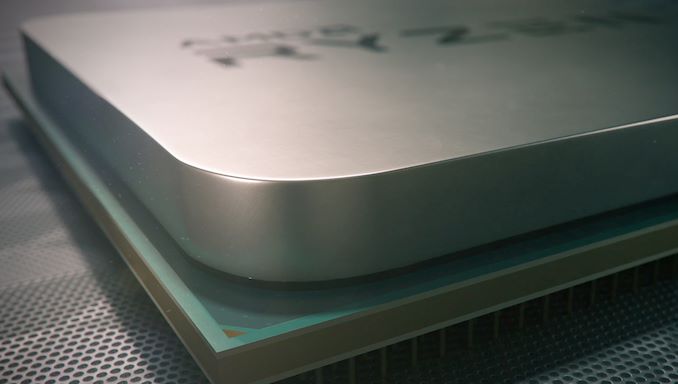
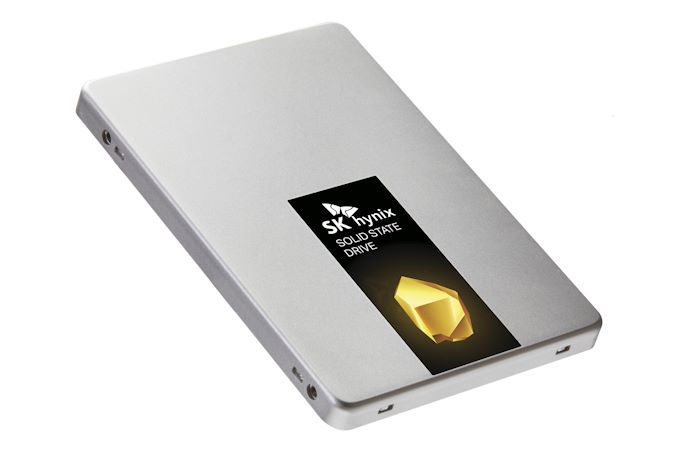
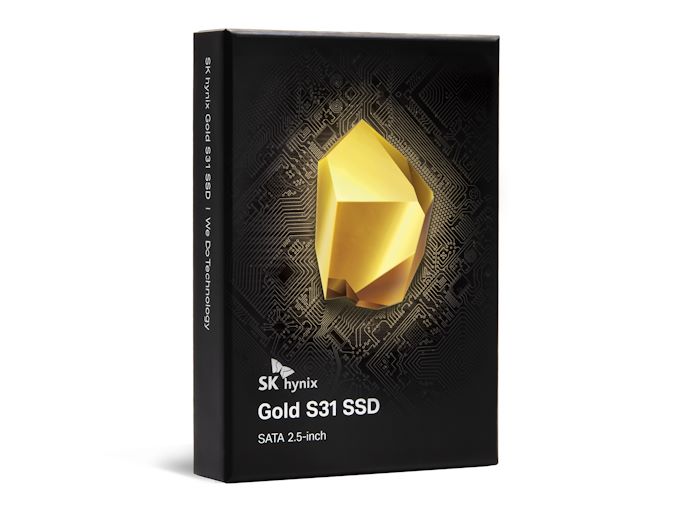

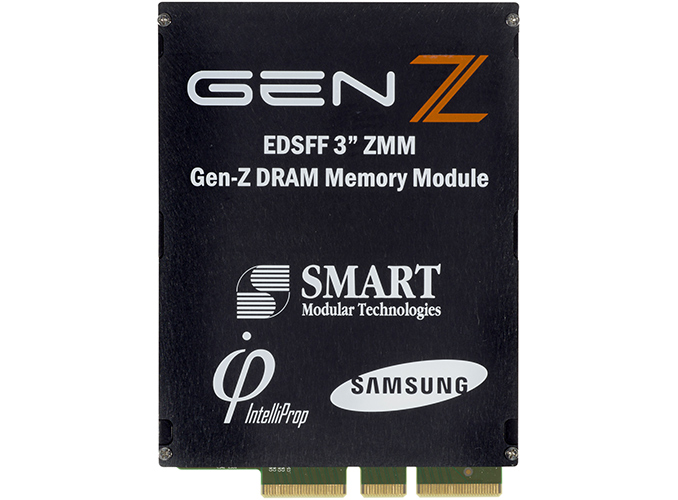

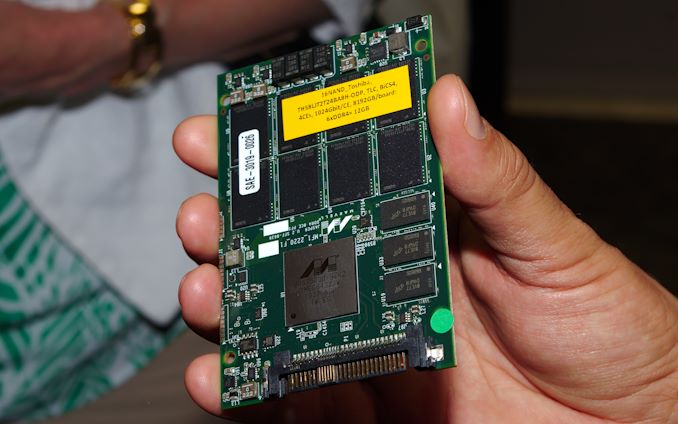
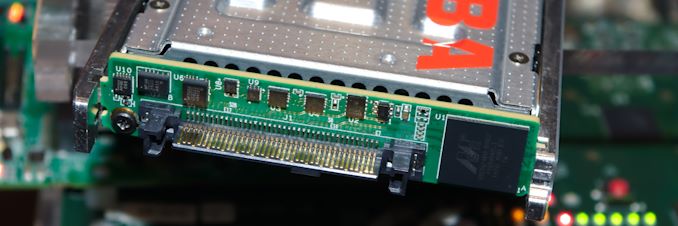
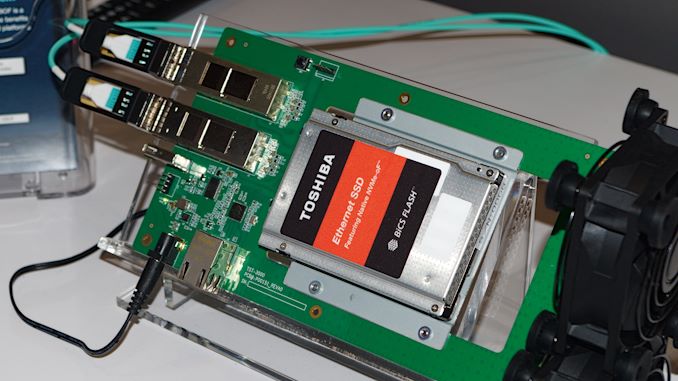

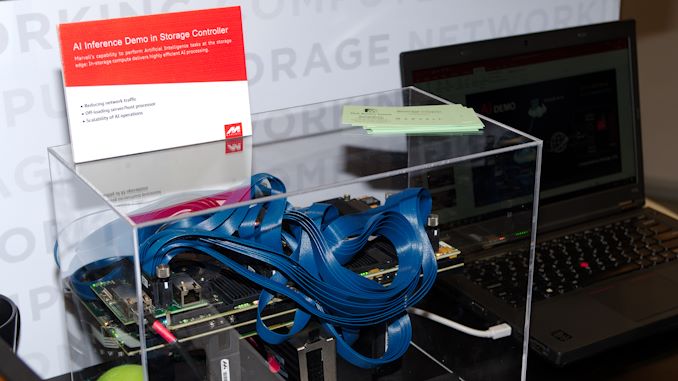
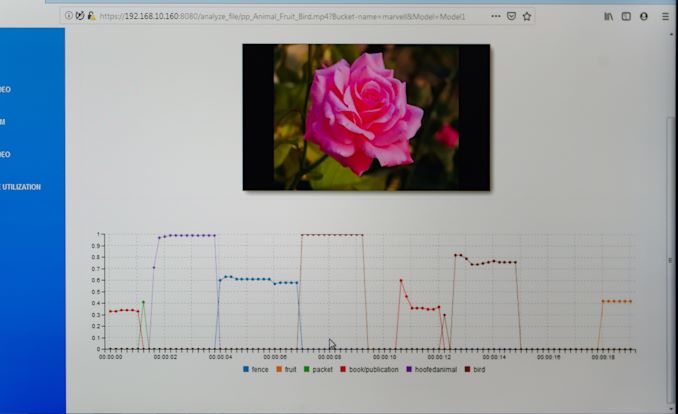
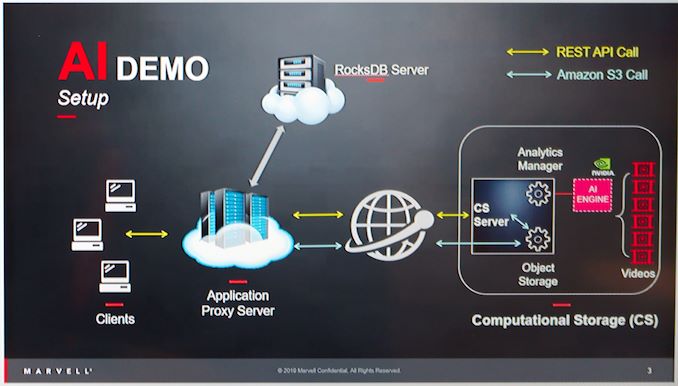
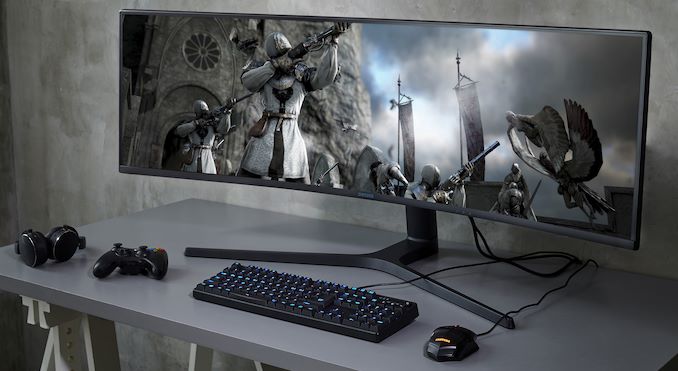
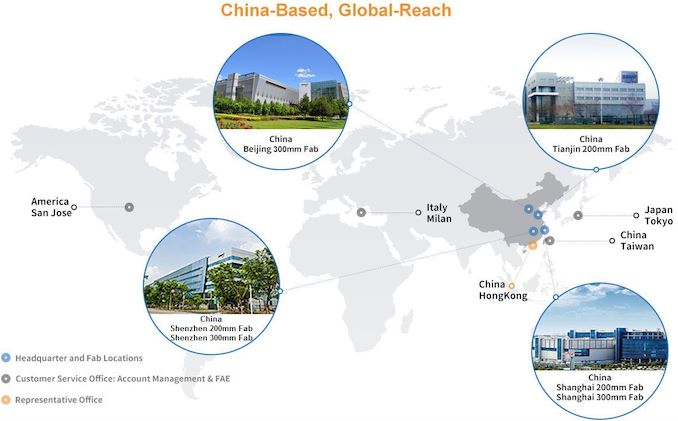
















Bookmarks